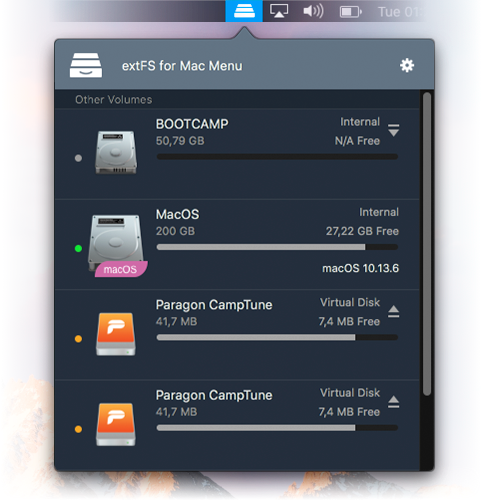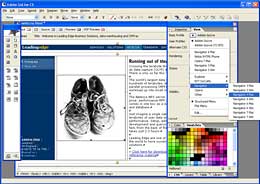
You can design the page in Photoshop, slice it and bring it into GoLive as a ‘smartobject’ with all the links and slices intact.

This can be seen once you have made your site’s template and are ready to design it. Check the box labeled Markup Document Windows.The product can integrate well with other Adobe products. To change the size for all document windows, follow the instructions above and then open the Settings window from the Layout and Dimensions menu.In document view select a size from the Layout Dimensions menu in the bottom right hand corner of the window.Use Java Script to change the size of the browser window. The following will not actually effect the size of the browser window. You can choose to set the page layout to a certain size to help design your page to that size. Select Document > Set Page Margins to Zero. To quickly remove page margins right click on page.Page margins determine how close the contents of a Web page come to the browser window. Open the document window and click on the "Title" label at the top of the window.Select the page in the site window, then open the Page tab in the inspector.The page title appears at the top of most browsers. In navigational view, follow the instructions above dragging the page next to any other page.Īspects like backgrounds, margins and keywords (used for searches) can be added before or after the creation of the rest of the page.Drag a page onto the Files or Extras tab from the Objects palette.Select a page from the Files tab in the site window.Make sure that the site window is open and the Files or Extras tab is selected.While it is possible to create a page by selecting New Page (Ctrl +N) from the File menu, it is often more efficient to create each page as part of the site. This allows you to use the file in your site without effecting the original files and allows GoLive to keep track of and maintain your files/links. Any time you choose to add a page, image or other object to your site, do so by dragging these files into the site window. Pages can be created from within GoLive or added from without. This chapter focuses on creating and formatting web pages using Adobe GoLive When entering the destination file in part 3 include " or "mailto:" before the destination to link to an external location. Use the Name/ID menu to select Name & ID.įollow steps 1 and 2 in the navigational links section.The title will appear when the cursor is held over the link.


Use the Target menu to select a location for the link to open if you wish it to open in a frame or another window.Type the destination file in the URL text box.If linking an image or object, click the Link tab and then the Create Link button (looks like a chain).Manually specify the resource location:.Drag the file from the site window and let GoLive create the resource link automatically.external links (still technically navigational links, external links refer to any link which opens another page or email).navigational links (links that take a viewer from one page to another or between locations on a page).resource links (links in the HTML which locate the objects appearing on the page).There are three types of links which can be applied to objects, images, etc. Once linked, objects will maintain their links even when their sources are moved or renamed so long as these changes occur within the site window. Linking Pages, Objects and Their Sources Edit Once your site has been created and populated with pages (see next chapter) you must link these pages and their elements together and to their sources to make a coherent and maintainable Web site. Choose a location for the site files to reside.
Adobe golive 7.0 Pc#
The site creation process for the Mac or PC is identical and the resulting files are interchangeable across operating systems. web-settings folder stores changes made in the Site Settings dialog box.web-data folder templates, components and other reusable elements.web-content folder contains pages, css, images and everything else needed for the published version of the site.This file is used to manage your site's makeup. project file shares the name of your site and uses the.While these various parts are used to organize and create the site, only the web-content folder is uploaded onto the server when publishing. These folders are the web-content folder, the web-data folder and the web-settings folder. The Site Wizard creates a project folder, a project file and three organizational folders to contain the elements of the site. The GoLive Site Wizard can be used to create anything from empty to template structured to imported web sites. This chapter focuses on creating and designing a web site using Adobe GoLive


 0 kommentar(er)
0 kommentar(er)
